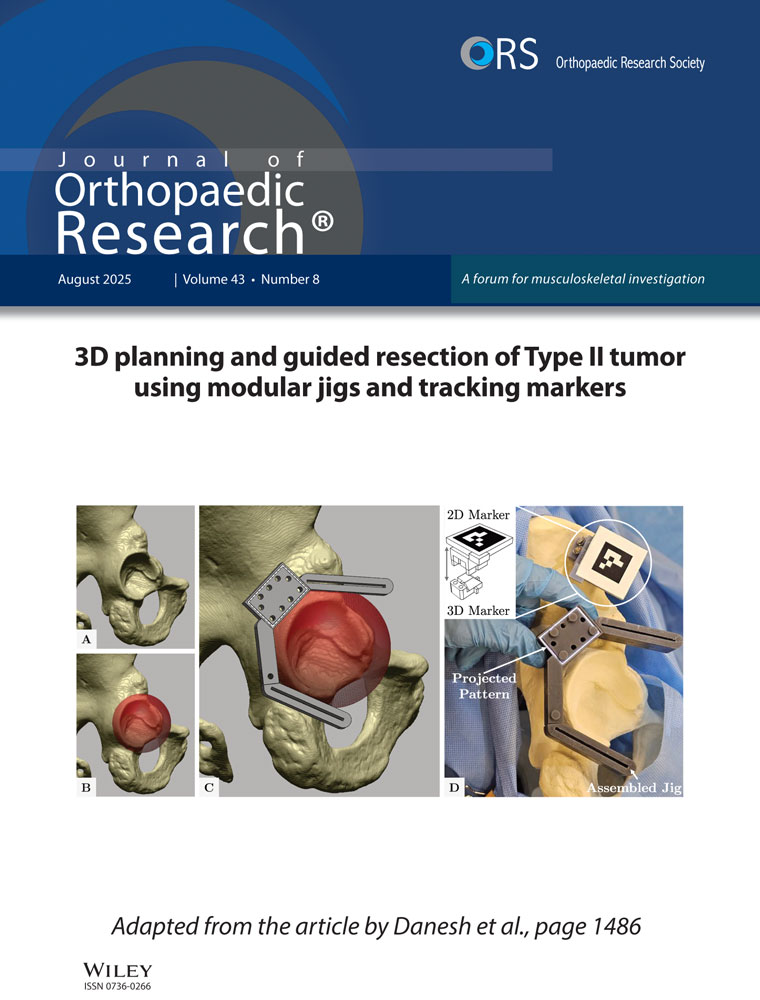Growth in width of the metacarpals — an investigation in human fetuses
Abstract
The process of growth in width of the human hand during fetal life has never been described. Do metacarpals grow concentrically and separation between the bones occurs through expansion of soft tissues? Or is growth eccentric, a process termed drift by Enlow, a relocation in space of organs? Hands of 10 spontaneously aborted fetuses (age range: between 14.5 and 24 weeks of gestation) were examined paying special attention to the bone bark. A thicker bone bark was taken as an indication of growth in that direction. The thickness of the bone bark was measured at the radial and ulnar sides at the level of the proximal and of the distal physes of the second to fifth metacarpals. A ratio of radial over ulnar bone bark thickness (R/U ratio) was calculated. The third metacarpal grew almost concentrically (R/U ratio 1.12 ± 0.06). The second metacarpal grew in a radial direction (R/U ratio 3.29 ± 0.19) and the fourth and more so the fifth metacarpal grew in an ulnar direction (R/U ratio 0.70 ± 0.04 and 0.42 ± 0.02, respectively). The differences in R/U ratios between every metacarpal were statistically significant for all comparisons P ≤ 0.001. Fetal growth in width of the human metacarpals is eccentric and not concentric. It is concluded that during growth in width the metacarpals move away from the midline of the hand and that growth occurs through eccentric bone apposition rather than through soft tissue expansion. © 2001 Orthopaedic Research Society. Published by Elsevier Science Ltd. All rights reserved.




